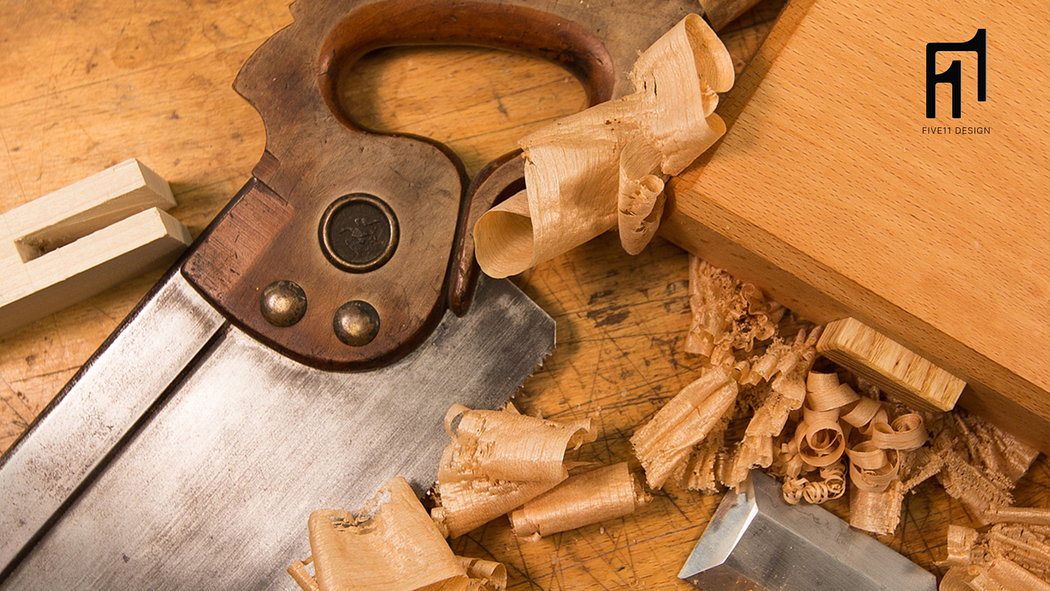Solid Wood Joinery: The Craftsmanship Behind Modern Wood Furniture
In the world of modern wood furniture craftsmanship, the silent heroes are not the veneers or finishes — but the solid wood joinery methods hidden beneath the surface. These techniques form the structural and aesthetic backbone of quality furniture, offering durability, strength, and timeless appeal. Whether you’re crafting heirloom pieces or sleek contemporary designs, understanding the types of furniture joints can make a transformative difference.
1. What Is Solid Wood Joinery?
Solid wood joinery refers to assembling wooden components using precision cuts and traditional methods — without relying solely on glue or metal fasteners. This classic approach prioritizes craftsmanship and allows pieces to withstand wear, movement, and time. designfive11.com

2. Essential Types of Furniture Joints
Here are some foundational types of furniture joints that exemplify strength, elegance, and performance:
- Butt Joint / Mitered Butt Joint: The simplest joint, fastened with glue or screws. Mitered edges offer better aesthetics. The Spruce CraftsThe Spruce
- Mortise and Tenon: A time-honored, robust joint where a tenon fits into a mortise — especially valued in furniture frames and doors. RealCraftWikipedia
- Dovetail (Through & Half-Blind): Known for its interlocking shape and tensile strength, this joint shines in drawers and decorative cabinetry. The Spruce CraftsThe SpruceWikipedia
- Biscuit Joint: Uses compressed wood wafers inserted into slots to align and strengthen edge joints — common in tabletops. The Spruce CraftsVinawood Vietnam Plywood
- Dado & Rabbet Joints: Grooves (dado) or notches (rabbet) reinforce shelving and cabinetry connections with glue aiding integrity. The Spruce CraftsThe SpruceWikipedia
- Box (Finger) Joint: Composed of interlocking rectangular “fingers,” this joint is perfect for boxes, adding both strength and charm. The SpruceVinawood Vietnam Plywood
- Pocket-Hole Joint: Utilizes angled screws assembled with a jig — ideal for quick, strong frame connections. Kreg Tool
3. Why These Joints Define Modern Wood Furniture Craftsmanship
- Unmatched Strength: Joints like mortise-and-tenon and dovetail endure stress and aging without compromising stability. The SpruceWikipedia+1
- Precision & Elegance: Clean, seamless joins exemplify the artistry of modern wood furniture craftsmanship. RealCraftdesignfive11.com
- Function Meets Beauty: Traditional techniques are celebrated not just for function but also for their visual and tactile quality. RealCraftdesignfive11.com
- Built to Endure: Modern designers increasingly favor these foundational joinery types as symbols of lasting value and sustainability.
4. Choosing the Right Joint: Balance Strength, Skill, and Style
- For visible elegance and top-tier strength: go dovetail or mortise-and-tenon.
- For quick assembly with decent durability: try pocket holes or biscuit joints.
- For cabinetry and shelving: leverage dado, rabbet, or box joints.
- In modern craftsmanship, it’s common to combine techniques — mixing tradition with efficiency.
Comments
Post a Comment